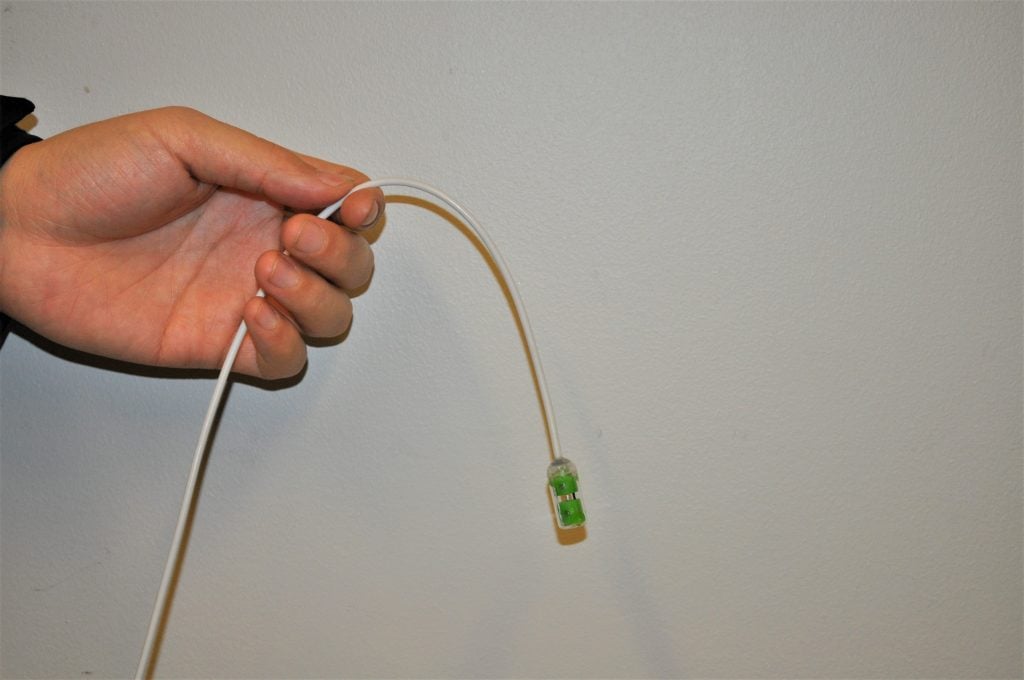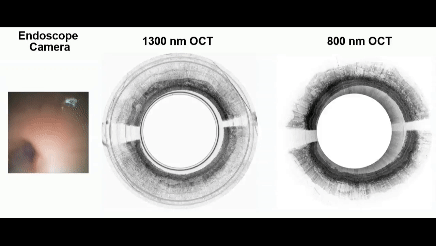A Johns Hopkins University-led research team has developed a pill-sized capsule that, when swallowed by a patient, can diagnose, monitor, and treat gastrointestinal diseases including Barrett’s esophagus, a condition known to be a precursor to esophageal cancer.
Called the multifunctional ablative gastrointestinal imaging capsule (MAGIC), it’s a faster and cheaper method that could replace traditional tube-based endoscopies, which are expensive and invasive.
“The advantage of an easy-to-swallow tethered capsule is that there is no need for sedation and no recovery time, so we can screen more patients and detect earlier stages of disease in an office setting, in less than 10 minutes,” said senior author Xingde Li, a professor of biomedical engineering at Johns Hopkins University. “With our device, doctors can not only detect gastrointestinal problems but also treat them, all within a single procedure.”
The team’s findings are published in a Science partner journal Biomedical Engineering Frontiers (BMEF).
During a capsule endoscopy test, the patient swallows a pill—about the size of two multivitamin pills—attached to a string. As the capsule moves through the esophagus, tiny cameras inside the pill take pictures of fine structures not only on, but also below, the esophagus surface. These images are sent to a recording device for the doctor to interpret.



